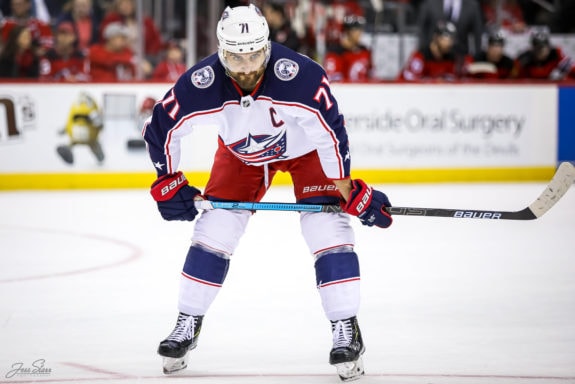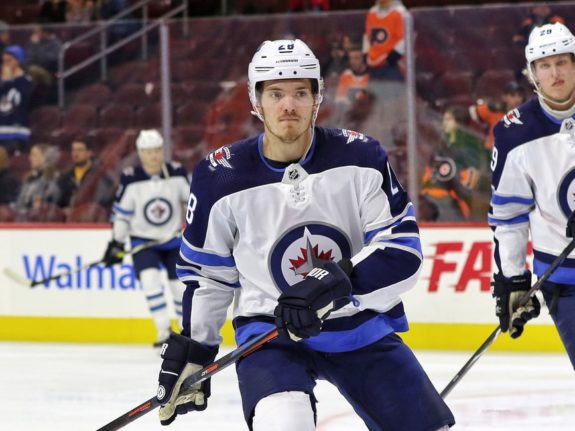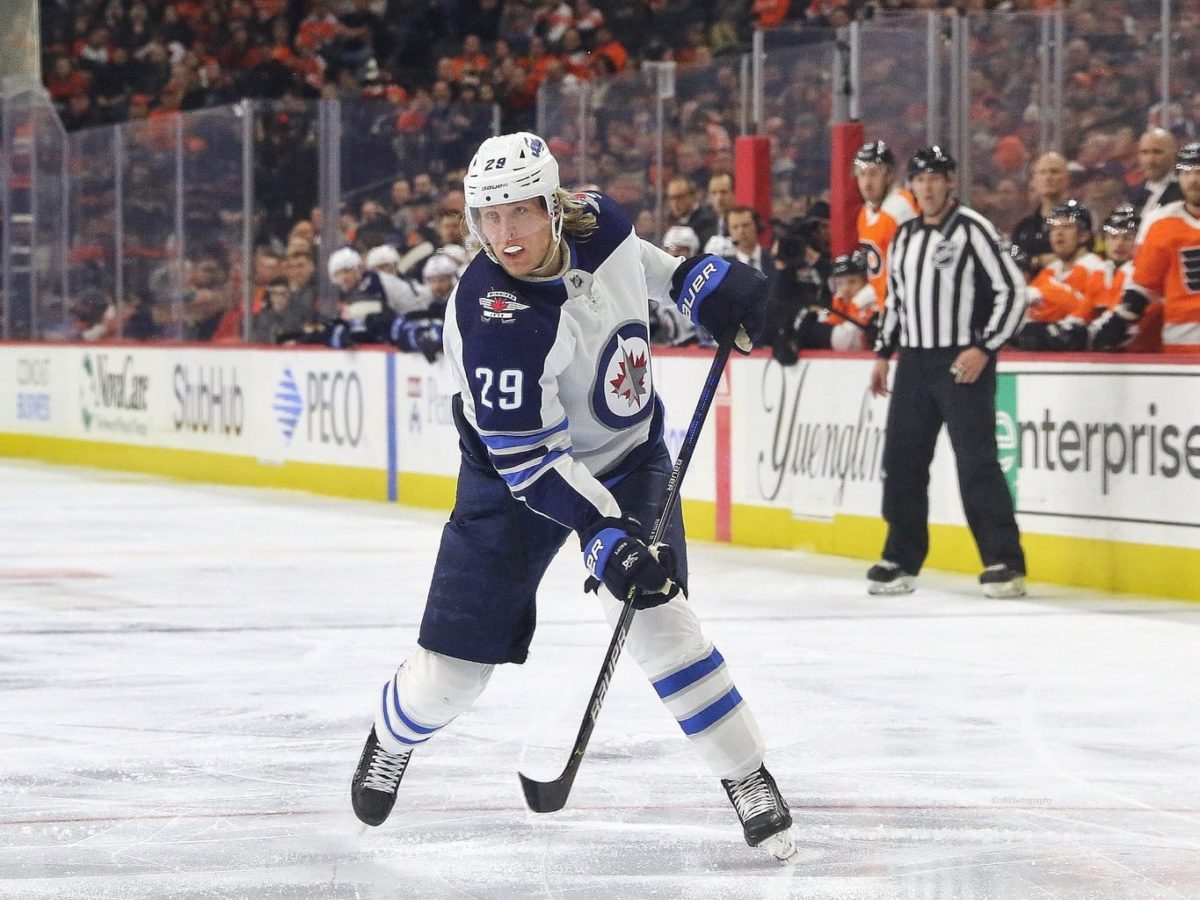It is no secret the Columbus Blue Jackets’ power play has struggled the past few seasons. From the 2017-18 season to now (2020-21 season), they had the third-worst power play in the NHL, at just 16.3%.
The beginning of this season was no different. The power play struggled immensely to start, but there are signs it is heating up. The question is, what is behind the improvement? The answer is simple. Patrik Laine and Jack Roslovic.
Overview of the Blue Jackets Power Play
So far this season, the Blue Jackets have seven PP goals on 45 attempts. Their success rate of 15.6% is well below the league average of nearly 30%.
While the man advantage is below average and far from impressive, it is has started to improve. It has shown growth in areas that have plagued the Jackets, including offensive creativity and zone setup.
The Power Play Pre-Roslovic and Laine
Through the first seven games of the season, the Blue Jackets racked up just one goal on eight attempts (8.3%). They were second to last in the NHL on the man advantage, and only three players had a power play point. Nick Foligno had the lone goal, and Cam Atkinson and Oliver Bjorkstrand drew the assists.

That was against the Tampa Bay Lightning on Jan. 21. They wouldn’t record their second point until a week later (Jan. 28) against the Florida Panthers, Roslovic’s debut for the Blue Jackets.
Before the arrival of Roslovic and Laine, the Blue Jackets’ power play was in shambles. They couldn’t find an answer or a foothold. It looked disjointed. The creativity and playmaking were missing, and getting established in their offensive zone seemed unnecessarily difficult.
The Blue Jackets Power Play After Laine and Roslovic
Since the addition of Roslovic and Laine through the Dubois trade, Columbus’s power play has taken off. They scored a power play goal in Roslovic’s debut, and both players have contributed to the success.
Roslovic has scored three PP points (1 goal, 2 assists), including a scorching shot of a goal in last week’s 6-5 win over the Chicago Blackhawks. His three points are tied for most on the team with Atkinson, who has three assists.

Since his arrival, Laine also added a goal on the power play, a one-timer in Columbus’ 6-5 loss to the Carolina Hurricanes on Feb. 7.
From Roslovic and Laine’s debut, the man advantage has gone 6-for-33 (18.2%). This has led to an overall increase in the success rate by 7.3% (from 8.3% to 15.6%), and it has also risen from 30th in the NHL to 22nd. That improvement has been over a 10-game span.
Roslovic and Laine Adds Offensive Creativity and Skill
While it is clear the power play has improved since the Dubois trade, the question is, why? The answer is simple, Roslovic and Laine have added more skill and offensive creativity to the team.
“He’s [Roslovic] got tremendous speed and skill and hockey sense,” Blue Jackets’ GM Jarmo Kekalainen said when asked about the trade, “and we’re excited to have both those players join the Blue Jackets.”
Roslovic and Laine have both shown glimpses of that skill and creativity since joining the team.
Roslovic recorded a highlight-reel goal against the Carolina Hurricanes on Feb. 8. He split the two Carolina defenders, walked in on Alex Nedeljkovic, went forehand backhand, and pushed it home five-hole. He also assisted on Atkinson’s early goal in yesterday’s game against the Hurricanes, off a quality spin move.
Laine’s first goal was a backhanded shot out of a spin from the bottom of the right circle (as described by Pete Bauer). He has also made many great passes leading to quality chances.

He also smoothly enters the offensive zone instead of following the Blue Jackets’ normal dump and chase strategy, making offensive zone setup seem easier.
The End Result
In the end, Roslovic and Laine’s creativity and skill on offense are building the team’s confidence, and it is seeping into the power play. The man advantage shows improvement, even when they don’t score, such as a chance at the end of the power play in the first period last night, where Stenlund batted the puck in off the rebound.
There are more cross-ice passes, more quality opportunities on the net, and more goals. The longer both players are in Columbus, the more the power play will mesh and improve, and they will find it amongst one of the NHL’s better units.